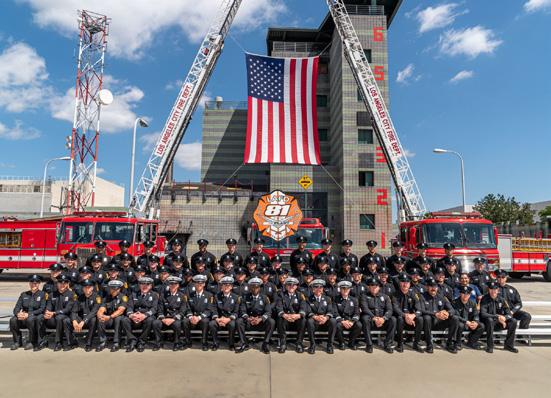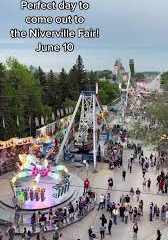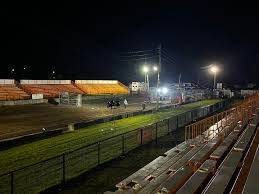The Vital Role of the LAFD in Los Angeles

Introduction
The Los Angeles Fire Department (LAFD) is essential in ensuring the safety and well-being of Los Angeles residents. With a population of nearly four million, the LAFD is tasked with not only fighting fires but also responding to medical emergencies, hazardous materials incidents, and natural disasters. Understanding the LAFD’s operations and challenges highlights the importance of this dedicated force in preserving life and property in the nation’s second-largest city.
Recent Developments and Events
In recent months, the LAFD has faced a multitude of challenges, from rising wildfire risks due to climate change to the ongoing effects of the COVID-19 pandemic. The department has ramped up its efforts in community outreach and safety education programs to increase public awareness regarding fire prevention. Additionally, the LAFD has been employing new technologies, such as drones for aerial surveys during major incidents, which has proven crucial during the intense wildfire season in California.
Despite these advancements, the LAFD has encountered staffing shortages, with many firefighters experiencing burnout. To counter these issues, the LAFD is seeking additional funding to hire more personnel and ensure proper training and resources are provided to its current staff. Moreover, the department has implemented wellness programs aimed at supporting mental health and ensuring that firefighters are fit for duty both physically and psychologically.
Significance for Los Angeles Residents
The LAFD’s commitment to maintaining a state of readiness ensures that residents of Los Angeles can feel secure in the face of emergencies. With an average response time of just under five minutes for emergency calls, the department emphasizes its dedication to serving the community promptly and effectively. Whether it’s through preparedness workshops or engaging with community events, the LAFD seeks to foster a strong relationship with the neighborhoods it serves.
Conclusion
As Los Angeles continues to grapple with the complexities of urban growth, environmental challenges, and public health crises, the LAFD remains a cornerstone of community resilience. The department’s proactive approach to training, technology, and public engagement not only enhances its operational effectiveness but also ensures that residents are prepared and able to minimize risks in their daily lives. Looking towards the future, continued support for the LAFD from both the city and its citizens will be crucial in building a safer and more resilient Los Angeles.









